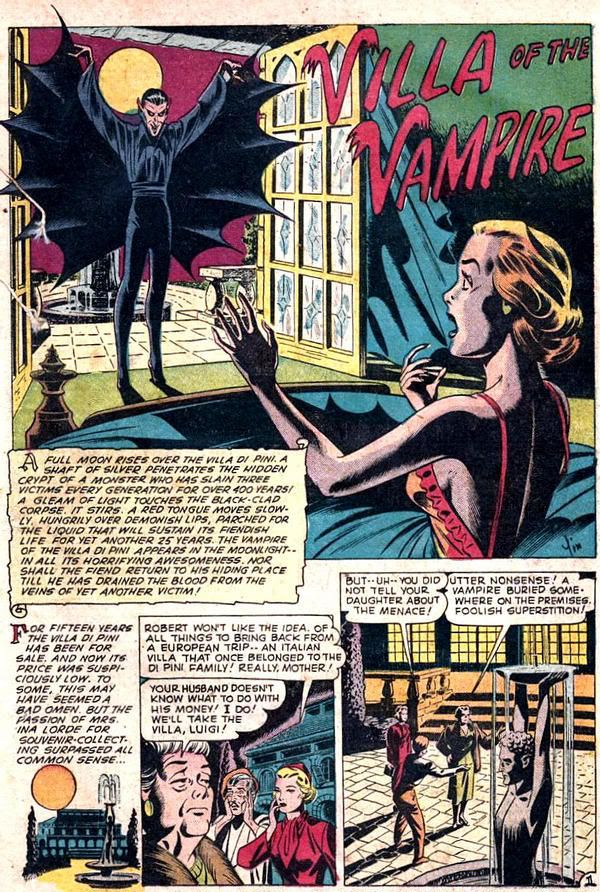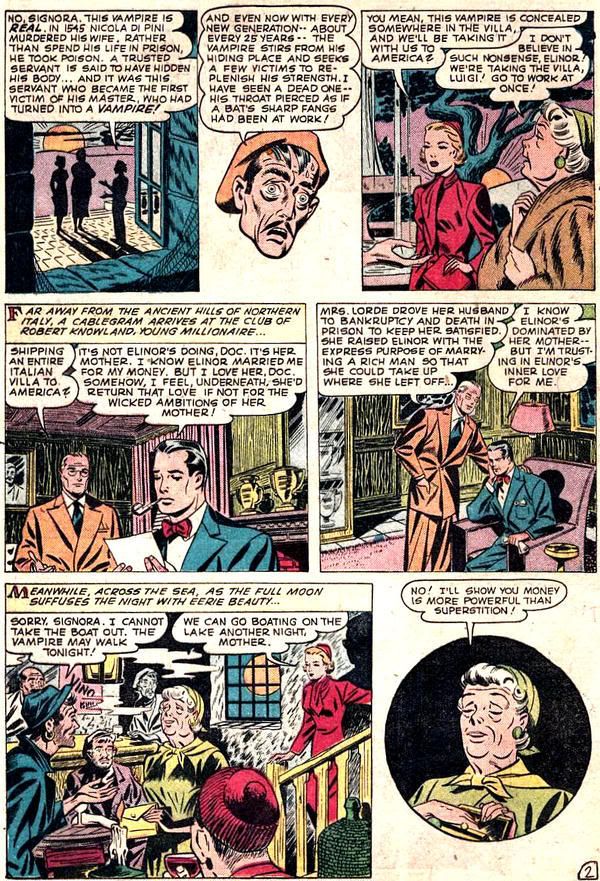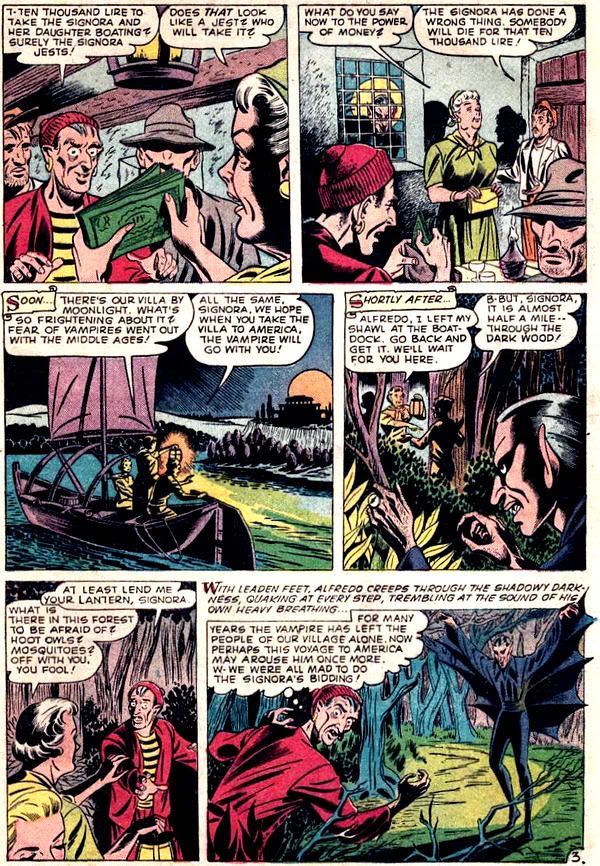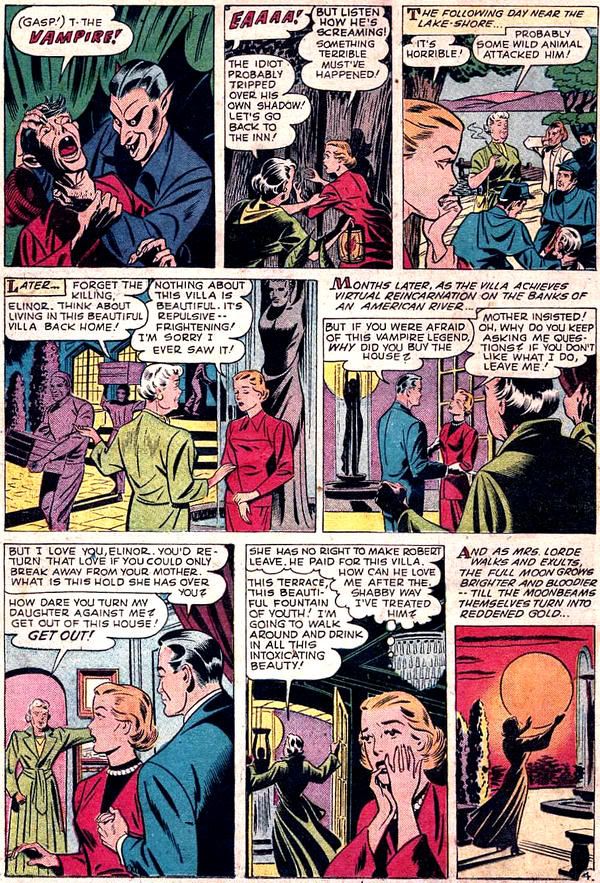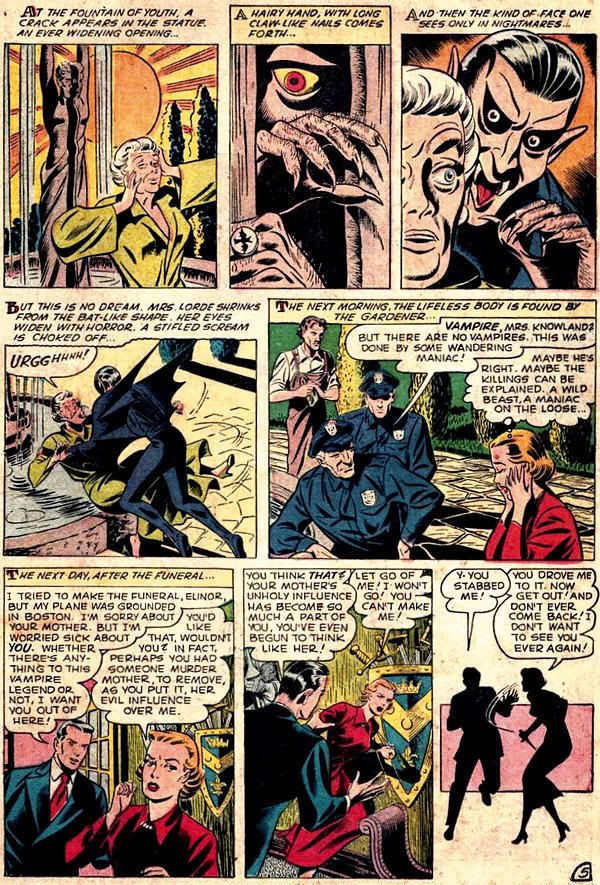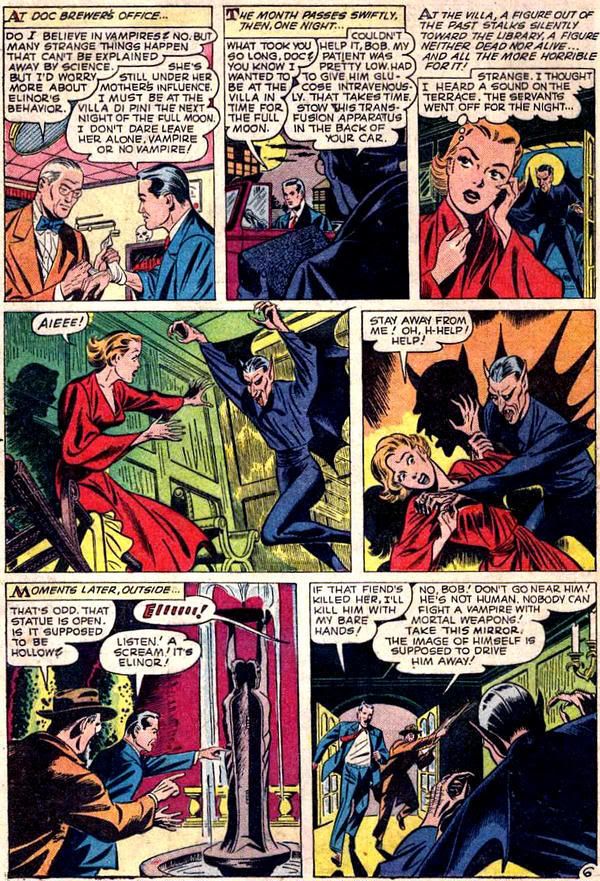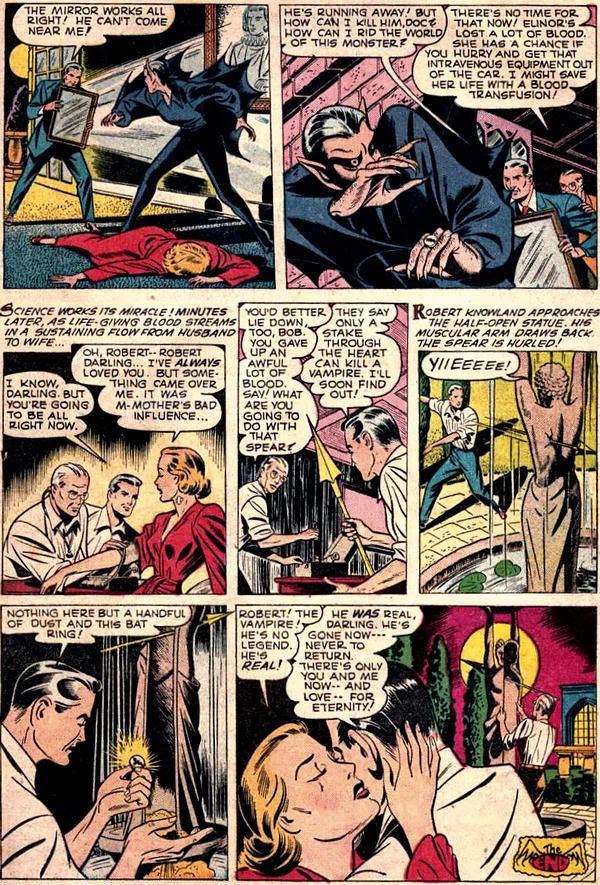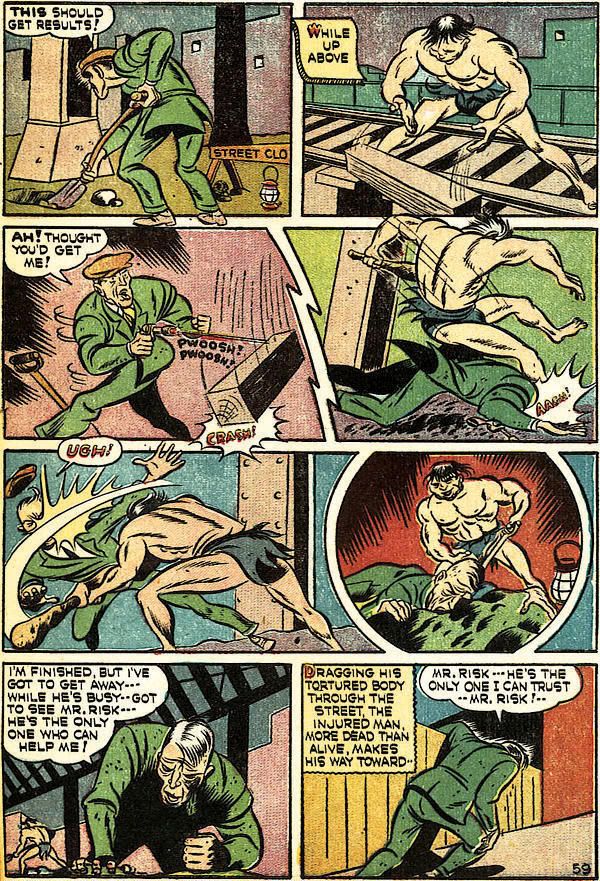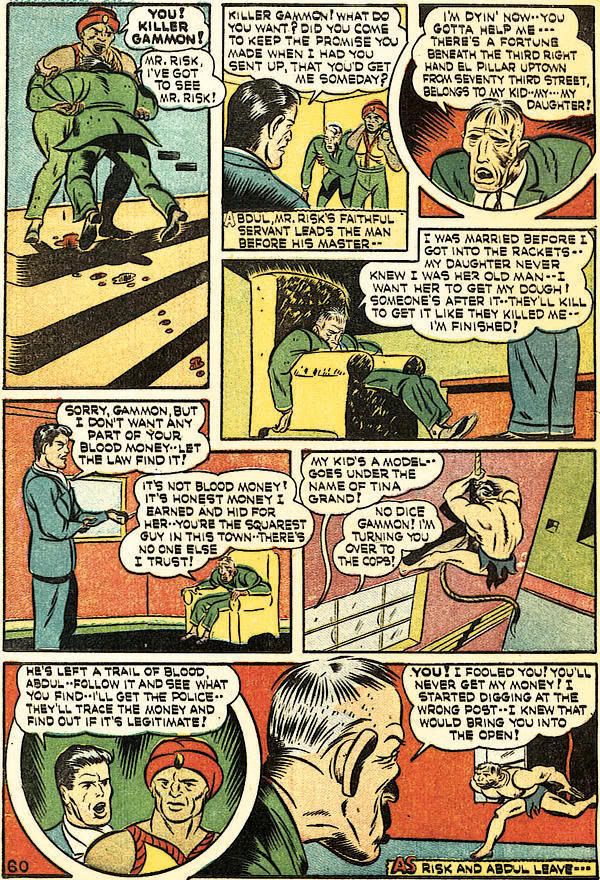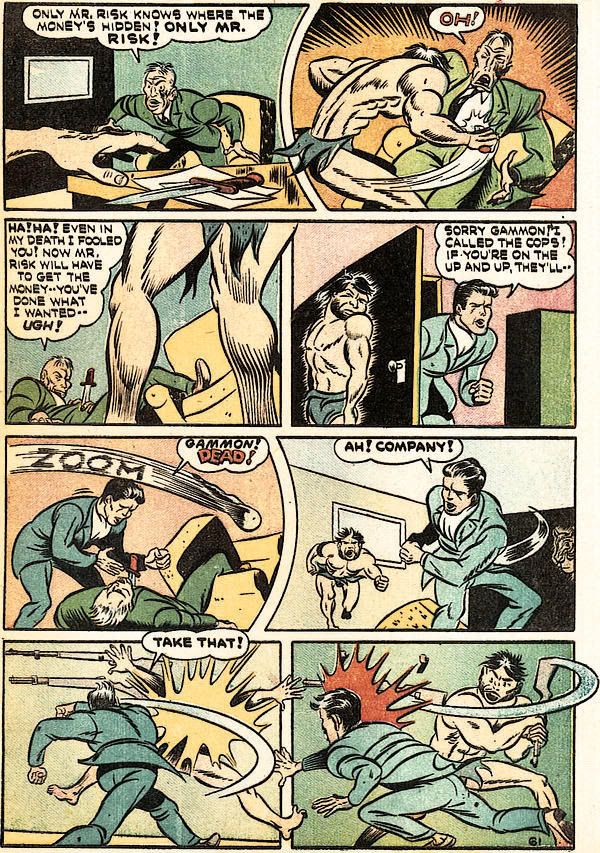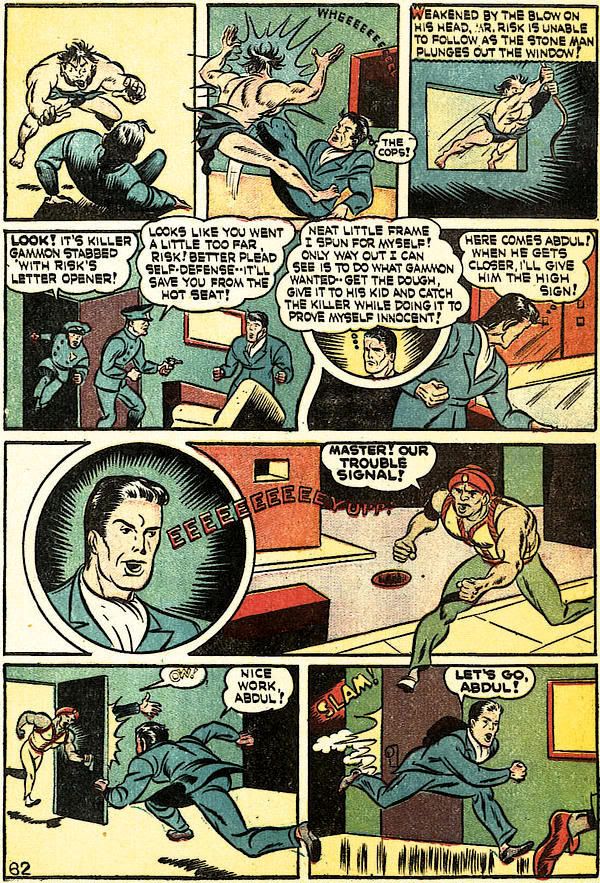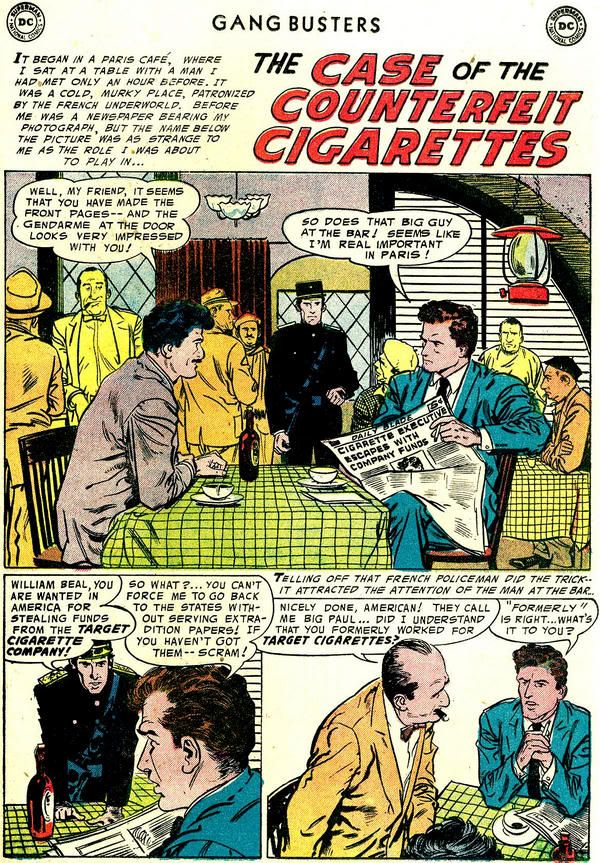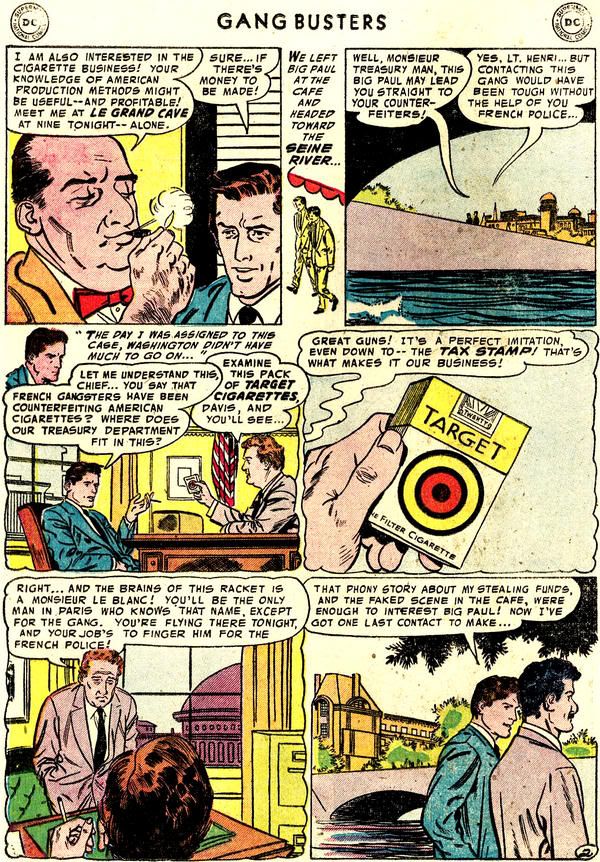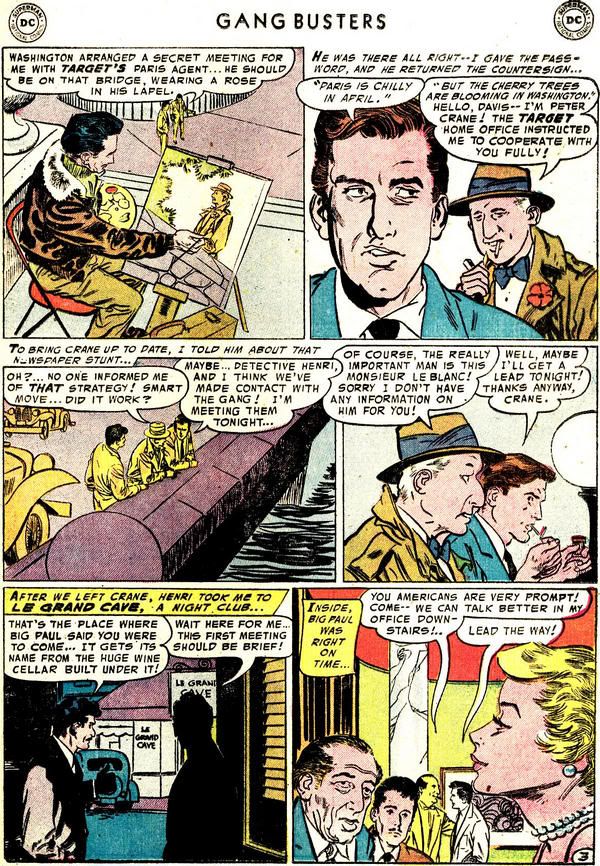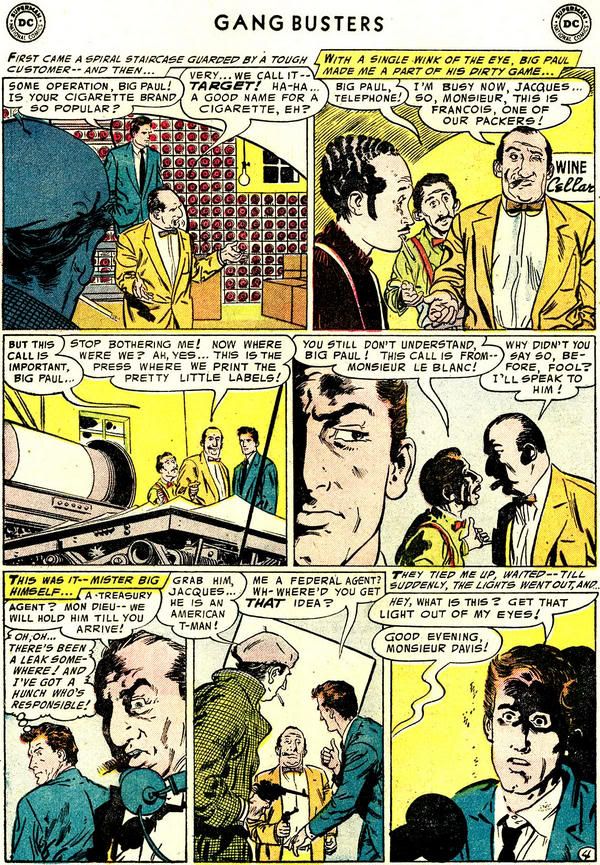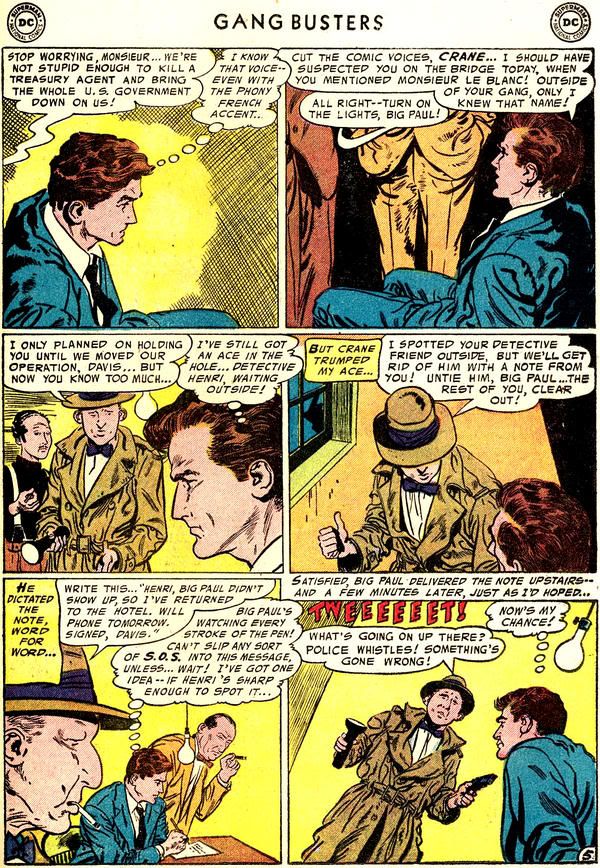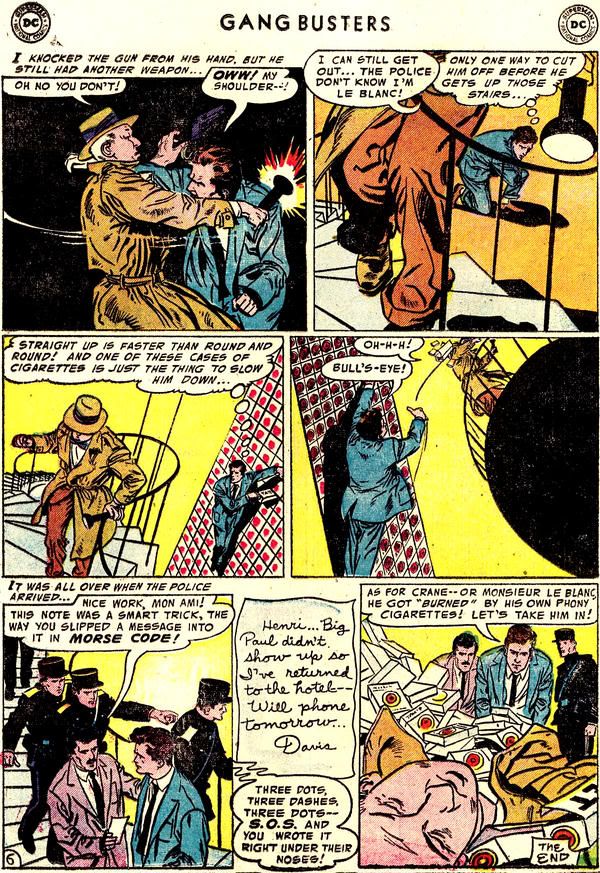 Writer Peter Milligan concludes the series' final collection with Infinity, Inc.: The Boogeyman, and in the process demonstrates a curious cross-section of what this curious title might have been.
Writer Peter Milligan concludes the series' final collection with Infinity, Inc.: The Boogeyman, and in the process demonstrates a curious cross-section of what this curious title might have been.The Boogeyman contains two stories, "The Influencing Machines of Metropolis" and "The Bogeyman," and they offer two conflicting pictures of the character of Infinity Inc. "Bogeyman" shows the members of Infinity, Inc. as a more traditional superhero team with costumes, codenames, and an intended mission; "Influencing Machines" reflects the amorphous, accidental Infinity Inc. group we saw in the first volume, Luthor's Monsters. Of these, I much preferred "Influencing"; while I'm a fan of artist Pete Woods who arrives at the end, the wide-eyed, mildly cartoony work of Matt Camp in the beginning seemed the more zany tone Infinity, Inc. craves.
In the two stories, Milligan's tales remind the reader ever more of early Smallville seasons. Here, the refugees from Lex Luthor's Everyman program, joined loosely together more as friends than a superhero team, track other Everymen (or, in Smallville's case, "meteor freaks") with the goal to help them, though low and behold they often end up having to fight them. Though Milligan limited Infinity's adventures mostly to suburbia so far, I'd have been interested to see a globe-hopping Infinity Inc. perhaps, that chased down Everyman across the four-corners of the DC Universe.
Infinity, Inc. ends after issue #12, however (though unfortunately issues #11 and #12 aren't included in this book), so it's tough to know whether Milligan would have kept the traditional superhero tone or returned to the team's loose roots. Personally Milligan didn't quite sell me on the Infinity superhero team, if that was his goal; Nuklon, one of the more interesting team members, makes fun of the team uniforms and also the truly awful codenames that the hero Steel bestows on them, and the reader can't help but do the same. Having powers has been demonstrated so far in this title as a liability rather than a boon, so it's hard to picture the characters satisfied as traditional heroes.
Part of the shame of Infinity, Inc. ending is that Milligan did create some memorable characters here. There hasn't been a triplicating hero in the DC Universe since Triplicate Girl, and I was eager to see how Nuklon's troubles with his unexpected triple would play out; I was also intrigued by how the gender-bending powers of Fury (one guesses Pete Woods never thought he'd been drawing a character mid-transformation between man and woman). Milligan also gave depth to Superman character Mercy Graves, bestowing a personality beyond just Lex Luthor's bodyguard, and it's unfortunate that her leaving the team is a plot thread Milligan can't follow through (in addition to why the character Lucia, suddenly, has wings).
The Boogeyman continues Milligan's focus on the psychological aspect of superheroics (one villain's powers, Steel expounds, have to do with his using introjection as a defense mechanism), and there's an entertaining teen-horror-movie vibe to this volume. Unfortunately, I think the series fell short of reaching its intended audience, and this collection falls short without the two concluding issues of the series. Nothing earth-shattering here, but a generally satisfactory read.
[Contains full covers]
A review of Final Crisis: Rogues' Revenge coming Thursday!

